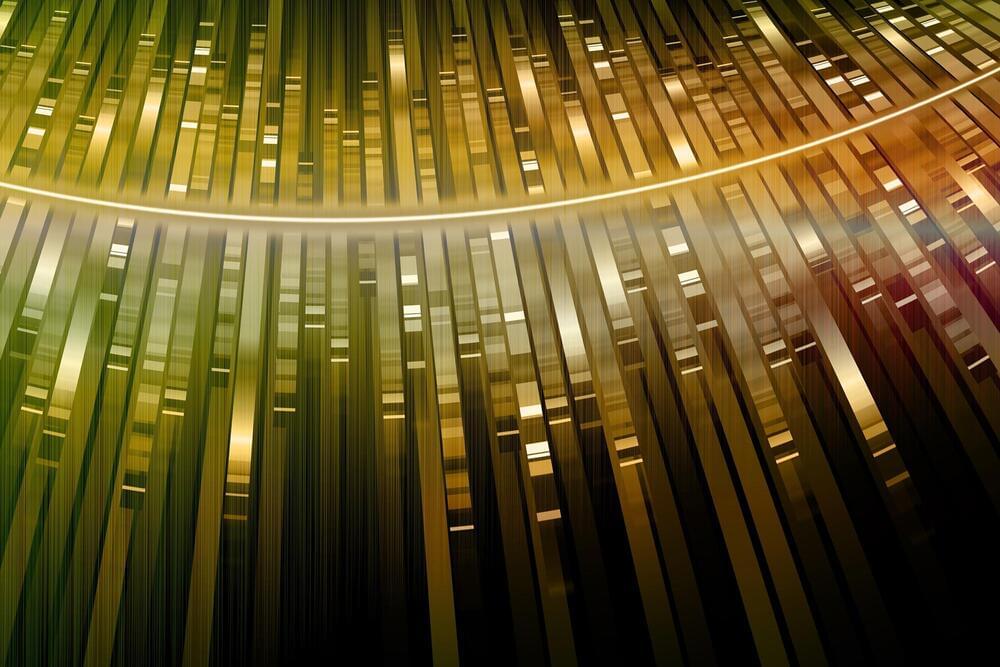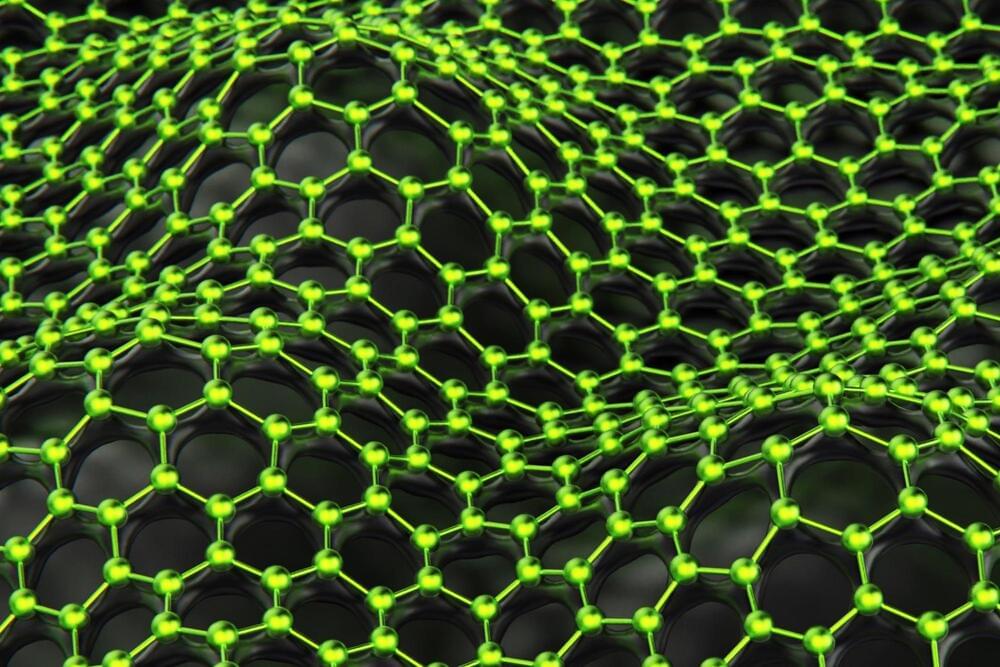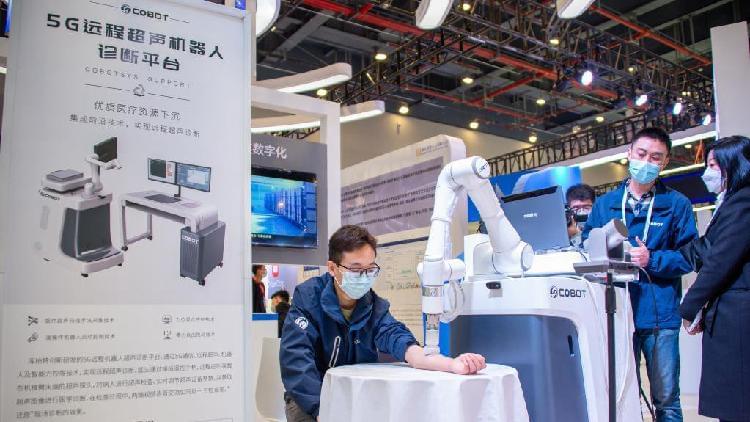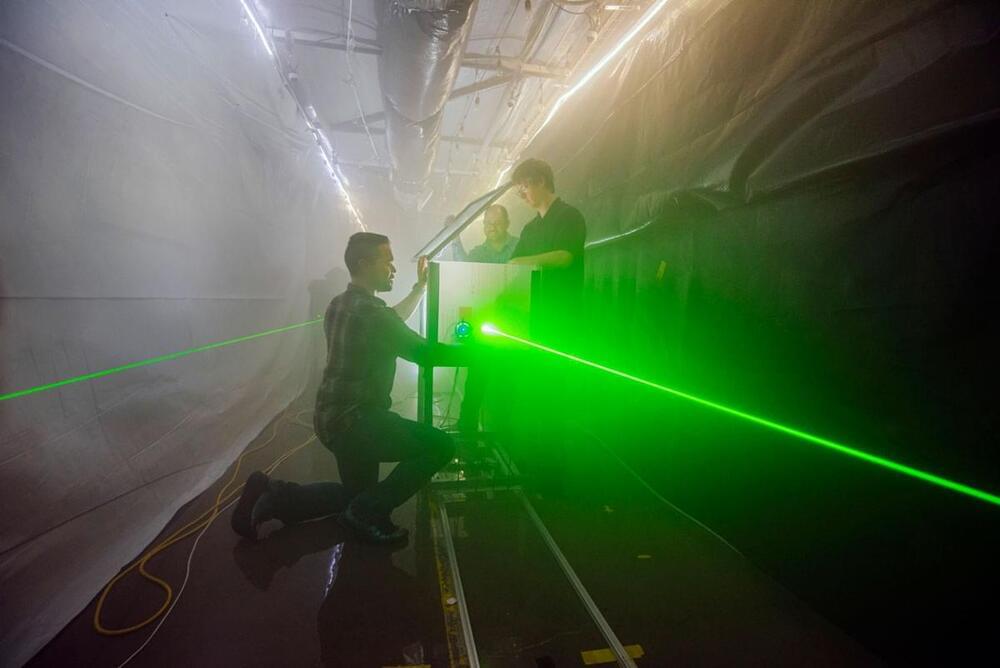Elon Musk said “orbit is not easy” after congratulating the California-based company Astra Space for reaching orbit after several failed attempts.


Scientists have been experimenting with the creation of nuclear energy for decades and have used nuclear fission — the process of breaking atoms apart — to power everything from devasting atomic bombs to clean nuclear energy.
However, this kind of nuclear energy is different from cosmic inspired nuclear fusion in one significant way: it’s not self-sustaining. Creating enough energy on Earth to power this kind of reaction has been just out of reach for decades.
But that could soon be changing. First reported in August 2021, nuclear scientists from the National Ignition Facility (NIF) at Lawrence Livermore National Laboratory have come closer than ever before to prove that self-sustaining nuclear fusion — or fusion ignition — is really possible.

Ruonan Han seeks to push the limits of electronic circuits.
Ruonan Han’s research is driving up the speeds of microelectronic circuits to enable new applications in communications, sensing, and security.
Han, an associate professor who recently earned tenured in MIT
MIT is an acronym for the Massachusetts Institute of Technology. It is a prestigious private research university in Cambridge, Massachusetts that was founded in 1861. It is organized into five Schools: architecture and planning; engineering; humanities, arts, and social sciences; management; and science. MIT’s impact includes many scientific breakthroughs and technological advances.

Magnetene could have useful applications as a lubricant in implantable devices or other micro-electro-mechanical systems.
A team of researchers from University of Toronto Engineering and Rice University have reported the first measurements of the ultra-low-friction behaviour of a material known as magnetene. The results point the way toward strategies for designing similar low-friction materials for use in a variety of fields, including tiny, implantable devices.
Magnetene is a 2D material, meaning it is composed of a single layer of atoms. In this respect, it is similar to graphene 0, a material that has been studied intensively for its unusual properties — including ultra-low friction — since its discovery in 2004.

Palo Alto Networks on Tuesday unveiled a new cloud security offering, its next-generation Cloud Access Security Broker (CASB), which taps machine learning to bolster the protection of software-as-a-service (SaaS) and collaboration apps.
The company’s next-generation CASB platform will use ML and AI to provide capabilities such as the automatic discovery of applications and improved data loss prevention for sensitive data, the company announced.
The next-generation CASB is the latest product from the Santa Clara, California-based cyber firm to get a significant injection of ML-and AI-powered functionality, said Lee Klarich, chief product officer at Palo Alto Networks, in a briefing with reporters.
When it comes to carbon capture and storage, researchers have been getting creative by turning carbon dioxide into everything from carbon monoxide (CO) for the use in industrial processes to oxalic acid for processing rare earth elements. Now, it seems they are going back to its source, turning it into solid coal.
In a world-first breakthrough, a research team led by RMIT University in Melbourne, Australia developed a technique that can convert CO2 back into particles of carbon, decreasing pollution by removing greenhouse gases from our environment.
The solution offers a more viable approach than many of today’s carbon capture and storage systems that compress CO2 into a liquid form with the aim of injecting it underground. These approaches have many technical and safety issues and are also very costly.

China’s Ministry of Industry and Information Technology (MIIT) on Saturday released its second batch of extended goals for promoting the usage of China’s 5G network and the Industrial Internet of Things (IIoT).
IIoT refers to the interconnection between sensors, instruments and other devices to enhance manufacturing efficiency and industrial processes. With a strong focus on machine-to-machine communication, big data and machine learning, the IIoT has been applied across many industrial sectors and applications.
The MIIT announced that the 5G IIoT will be applied in the petrochemical industry, building materials, ports, textiles and home appliances as the 2021 China 5G + Industrial Internet Conference kicked off Saturday in Wuhan, central China’s Hubei Province.

Everyone talks about learning methods, but few people can find realistic and genuine methods that provide a net profit in the types of information and application.
Elon Musk has broken through that barrier by employing learning techniques that have been proven time and time again to be successful. Musk may be said to have taken use of his education by becoming a disruptor. He and his businesses have transformed entire industries, such as transportation, energy, and space.
He recently stated at a press conference that his plans for his biotech company, Neuralink, are proceeding well, implying that he will likely move his focus in the near future to yet another sector. Musk is, without even a doubt, a once-in-a-generation genius. Possibly on par with Nikola Tesla, Albert Einstein, and Isaac Newton. He tackles things in a different way than the typical entrepreneur.
Intel NUC 11 is no longer the only ‘desktop’ system with Tiger Lake silicon.
If Maxsun were to release their newest motherboard a month earlier, this would actually be the first proper desktop platform featuring Intel 10nm node. However, this is no longer the case since Alder Lake desktop CPUs with Intel 7 (10nm Enhanced SuperFin) are now available in stores.
